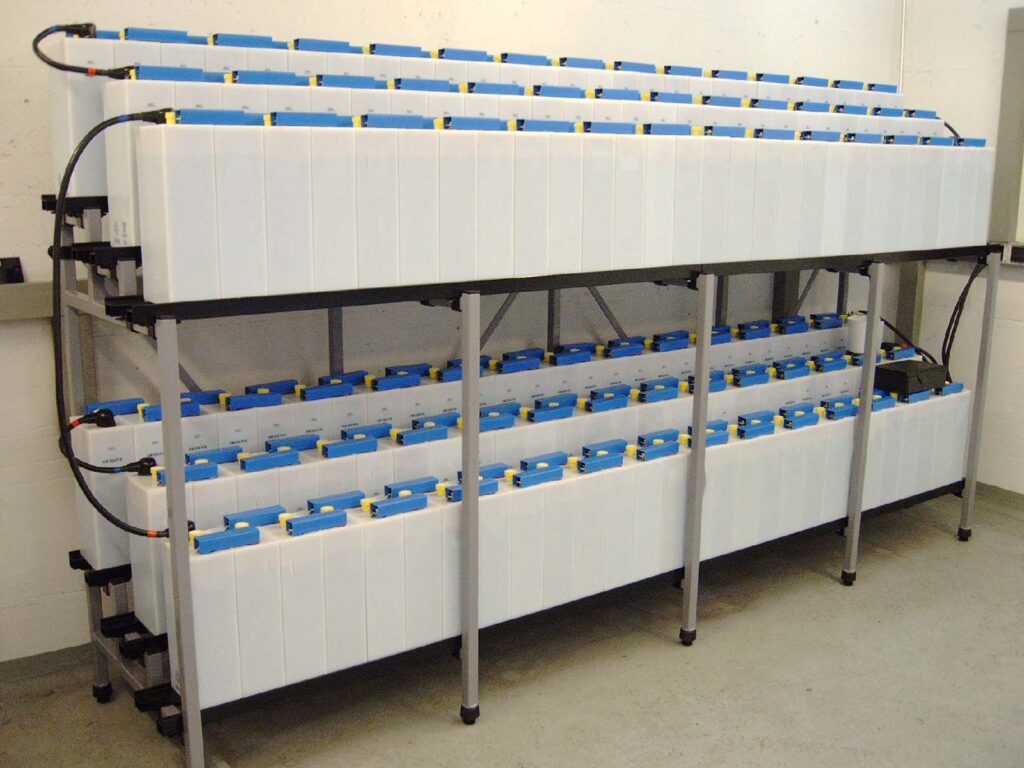Nickel-Cadmium (Ni-Cd) batteries are widely used in industrial and consumer applications. However, they are prone to a phenomenon known as the “memory effect,” which can significantly reduce their effective capacity over time.
Causes of Memory Effect
The memory effect occurs when a Ni-Cd battery is repeatedly charged before being fully discharged. This leads to the battery “remembering” a lower capacity and reducing its available energy output. This issue is common in applications where partial discharges are frequent, such as cordless phones, power tools, and emergency lighting systems.
Solutions and Prevention
- Full Discharge Cycles: Periodically fully discharging the battery before recharging can help mitigate the memory effect.
- Proper Charging Practices: Using smart chargers that prevent overcharging and detect the actual state of charge helps maintain battery health.
- Regular Maintenance: Conditioning the battery by performing full discharge cycles every few months can restore lost capacity.


